Software Asset Management solutions enable organizations to effectively manage, control, and protect their software assets throughout the lifecycle, optimizing usage and ensuring compliance with licensing agreements.
Efficient software asset management provides critical insights into software usage patterns and compliance risks. It supports organizations in identifying potential cost savings by uncovering unused or underutilized software licenses. Solutions often integrate with existing IT systems, offering detailed tracking of licenses, versions, and installations, thus simplifying audit processes.
What features are essential in Software Asset Management solutions?In industries like finance, healthcare, and education, Software Asset Management helps manage complex licensing agreements, ensuring security and compliance. It is vital for organizations dealing with sensitive data, as it provides robust tracking and monitoring features to support regulatory compliance efforts.
Software Asset Management is crucial for organizations of all sizes. It ensures efficient utilization of software resources, aids in maintaining compliance, and ultimately contributes to significant cost savings.
| Product | Market Share (%) |
|---|---|
| System Center | 28.3% |
| ManageEngine AssetExplorer | 17.5% |
| ISC Software iCAN | 14.2% |
| Other | 40.0% |

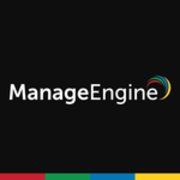
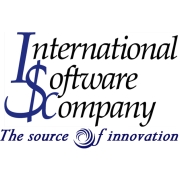
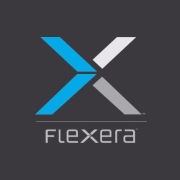

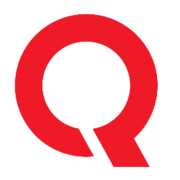
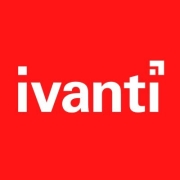
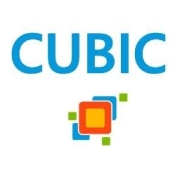

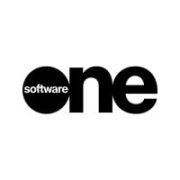



Implementing Software Asset Management solutions helps you optimize software licenses, reduces costs, and ensures compliance with licensing agreements. By having a clear view of your software assets, you can make informed decisions, mitigate risks associated with unlicensed software, and enhance operational efficiencies. It also helps in anticipating upgrades and renewals, leading to better financial planning and resource allocation.
How can SAM solutions help in license compliance?SAM solutions provide tools to track and manage your software licenses, ensuring that you are fully compliant with licensing agreements. They help you audit your software usage, identify unauthorized software, and prevent legal risks associated with non-compliance. By maintaining accurate records and reports, SAM solutions assist you in demonstrating compliance during vendor audits, avoiding penalties and unexpected costs.
What features should you look for in a SAM solution?When choosing a SAM solution, look for features like automated software discovery, license management, and audit readiness. Integration with IT systems, user-friendly interfaces, and reporting capabilities are also essential. Ensure that it supports cloud-based environments if your organization is leveraging cloud software. Efficient support services and scalable architecture are key features that align with your company's growth and technological advancements.
How do SAM solutions integrate with existing IT systems?Most SAM solutions are designed to seamlessly integrate with existing IT systems using APIs or connectors. They should work with your current IT asset management and financial systems to pull relevant data, providing a comprehensive view of your software assets. Effective integration ensures accurate data collection, reducing manual efforts and discrepancies associated with software inventory and compliance management.
What are the challenges in implementing SAM solutions?Implementing SAM solutions can be challenging due to the complexity of your current IT environment and the volume of software assets. Resistance to change and lack of internal expertise may hinder initial adoption. The solution requires ongoing maintenance and updates to keep up with evolving software licensing terms and technology. Ensuring data accuracy and addressing compliance issues can also pose challenges, necessitating a committed approach to SAM implementation.